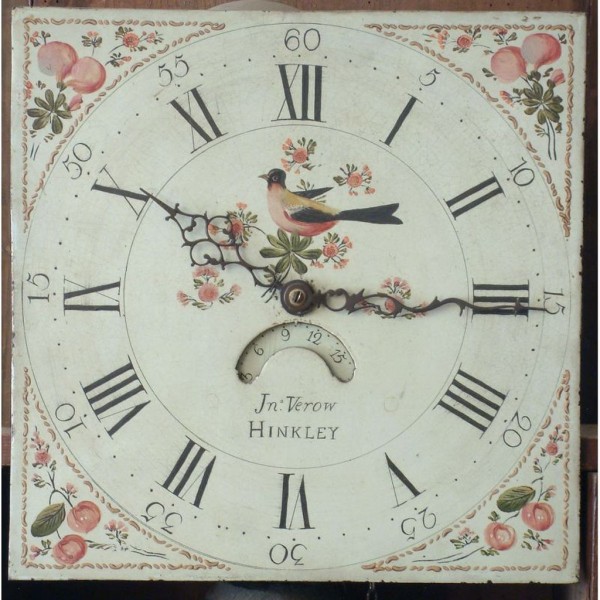Working Life
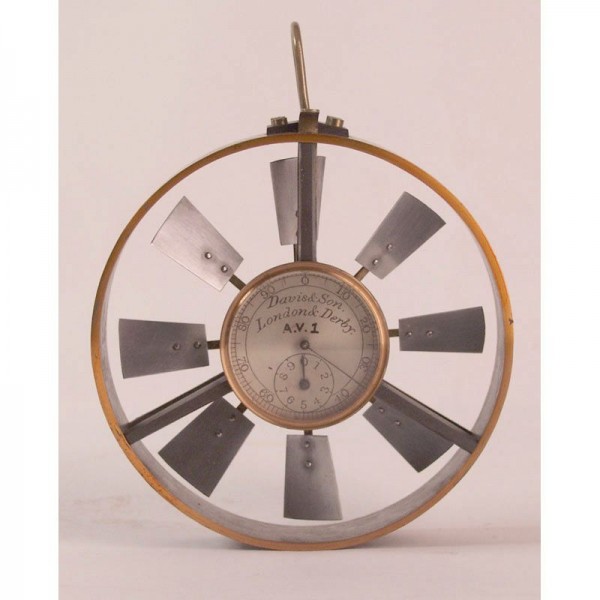
Coal Mining: A.V.1 Biram Type Anemometer made by Davis & Son (Derby) Ltd.
Good ventilation was vital in coal mines and this instrument was used for checking the flow of ventilating air through mine passages. The metal frame contains a brass "propeller" linked to dial to record the speed of air passing over the vanes.

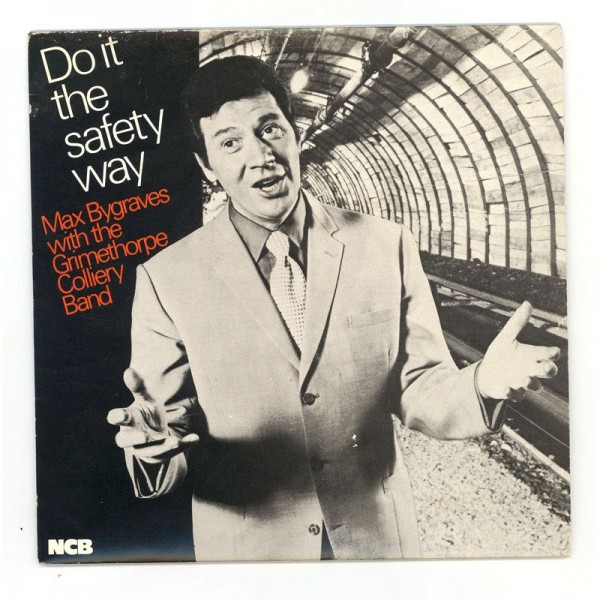
Coal Mining: 'Do it the Safety Way'
Safety was hugely important when working underground in dark and often dangerous conditions. The National Coal Board was established in 1947 and produced many campaigns to improve safety in the industry. In 1976, the NCB released this seven inch single to get the safety message across with singalong favourite Max Bygraves.


Coal Mining: Whitwick Hearse, 1895
The strong sense of community common among miners has been evident throughout mining history. The miners of Leicestershire was clearly demonstrated this team spirit on the fateful day of the 19th April 1898.
The disaster at Whitwick colliery took place in the early hours of the morning. A fire had broken out in the ‘gob’ of pit number 5 where waste material was packed in to support the coalface. It was discovered by the mine deputy Joseph Limb who escaped through a return airway to raise the alarm.
Despite the efforts of men like George Finney, whose bravery medal is in the museum collection, thirty-four men were trapped and lost their lives in the fire. The final death toll reached thirty-five because another brave miner, Charles Clamp, returned to the fumes and smoke to help his fellow colliers and perished himself.
The community spirit of the men from Leicestershire's mines has not only been evident in times of disaster and hardship but also in times of achievement and celebration.

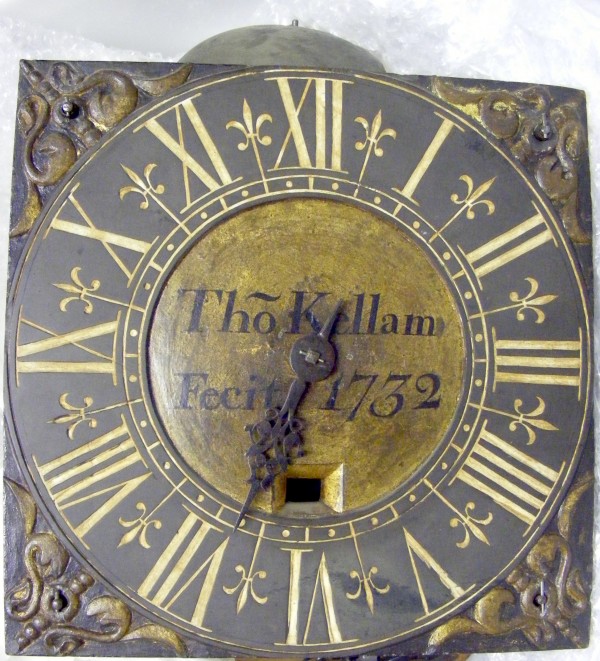
Keeping Time: Long case clocks came into fashion in Leicestershire from about 1720 onwards. Then most locally made clocks would have 30 hour movements, which meant they needed winding up every day. Most London clocks had an eight-day mechanism, only needing to be wound once a week, and the best local clocks also worked like this. One of the earliest clocks in our collections is that made by Thomas Kellam in 1732, possibly in the village of Grimston. It has a pine case and a Swithland slate dial, and originally must have had a different movement with a pendulum of different length, because the insides of the case have been hollowed out to fit a standard pendulum.

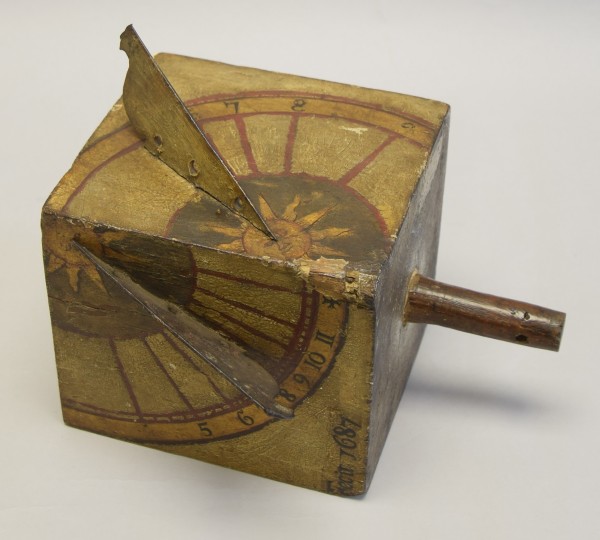
Keeping Time: At a time when watches were almost unknown, a portable sundial could give the owner a reasonable idea of the time on a sunny day. This one was made by Samuel Heyricke of Leicestershire in 1687, and judging by the pride he took in signing his name, he may also have made the mathematical calculations to design the dial in the first place.
The four sides and the top are painted to produce five dial segments, each of which had its own metal gnomon. The wooden peg on the bottom once fitted into a base or stand.

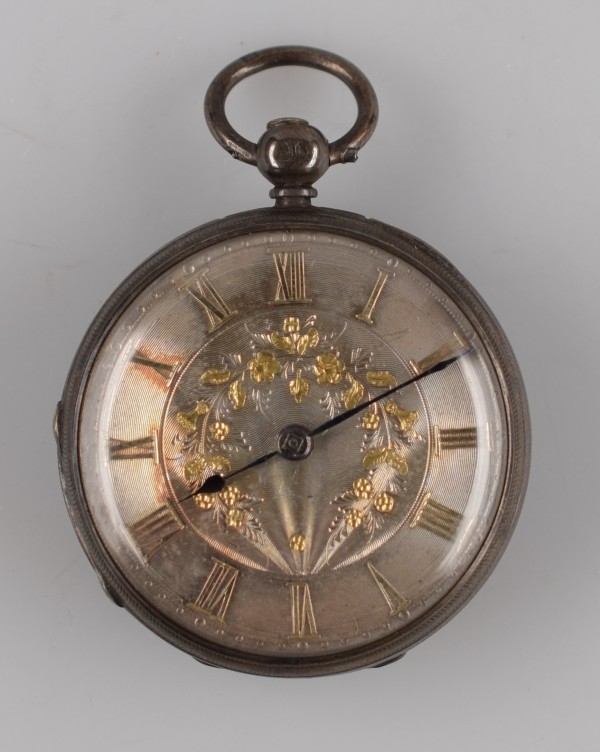
Keeping Time: A bit more convenient than a sundial, pocket watches first appeared in the 16th century, but were expensive luxury items that only the very wealthy could afford to own. Local watchmakers started to manufacture them, until mass production took over and fashions changed. After the First World War, wrist watches became more popular.
A silver pocket watch Made by R Orson, a watchmaker in Melton Mowbray, hallmarked for 1856. The silver dial has raised gilt hour numerals, and a floral spray in relief in the centre. The back of the case is engraved with a central shield with the initials "GNW".

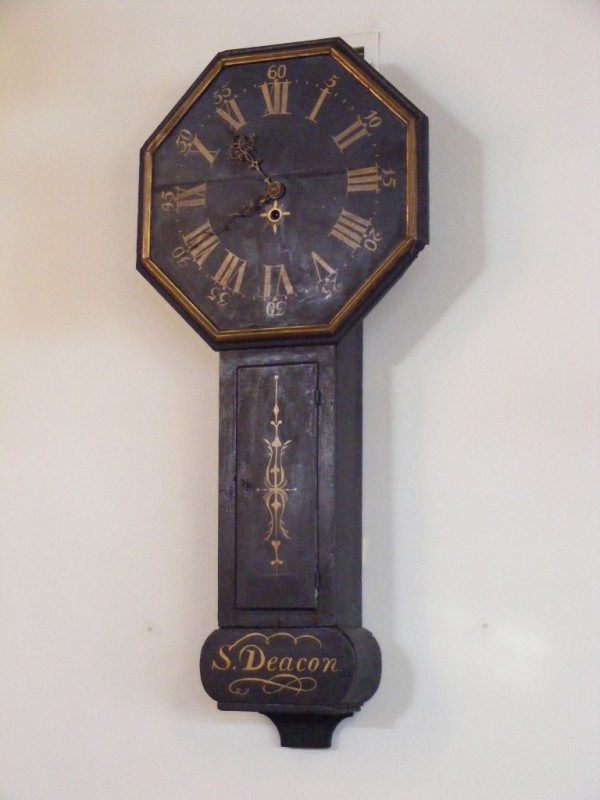
Keeping Time: Wall Clock or "Tavern Clock", 1788
This clock was made in 1788 by Samuel Deacon at his workshop in Barton in the Beans. It has a simple 8-day movement (which needs winding up just once a week) which is inscribed “S.D. No 324, August 1788”. The clock was made for a public building, such as a chapel or tavern, and reflects the fact that, as the Industrial Revolution changed working lives in the 18th century, so it became increasingly important for people to know the time.
We are fortunate in that Deacon’s family continued the clockmaking business after his death until 1951. The contents of his workshop, with many of his original tools and work benches, and several clocks, are now in the County Council Museum collections, while his notebooks and business ledgers are in the Record Office in Wigston.



